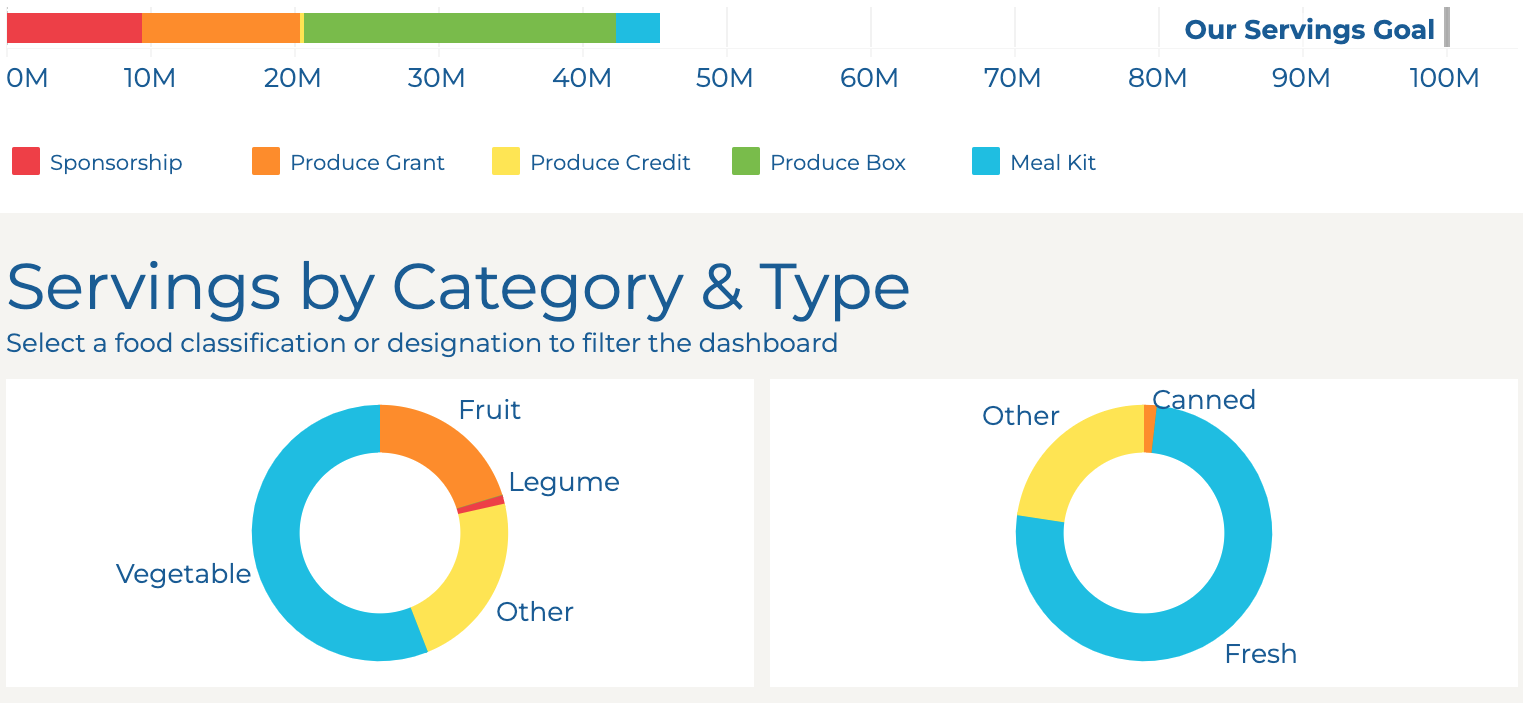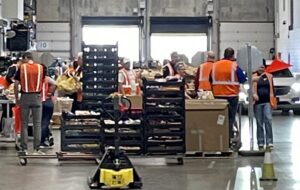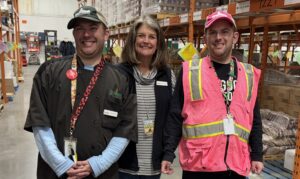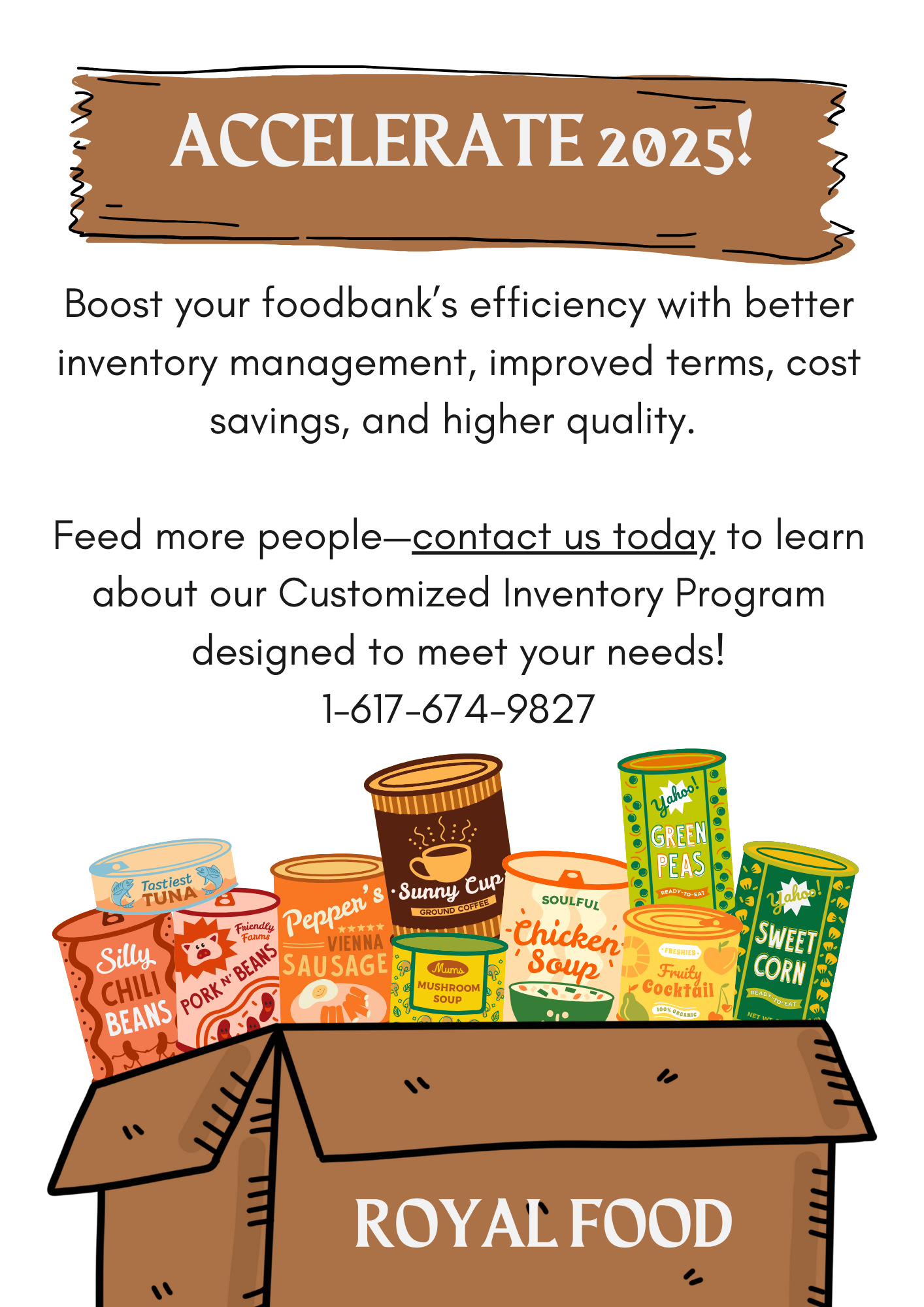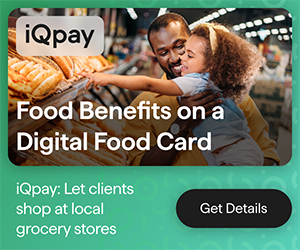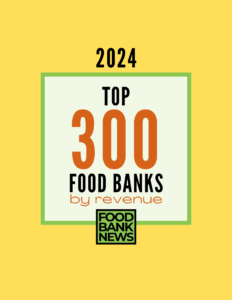Partnership for a Healthier America is not a food bank, but it has a goal that many can relate to: building sustainable access to fresh produce.
Especially since the pandemic, the 15-year old organization has been in a perpetual cycle of seeking to make communities healthier through nutritious food. Under its “Good Food for All” strategy, it is putting nutritious food into people’s homes, while also building up the infrastructure across certain cities to support healthy food access.
“Long-term systemic change is what’s needed most,” said Amy Slechta, Director of Good Food Programs.

PHA’s latest endeavor, launched last year, is to work collaboratively with anchor partners in particular cities, as well as local community and private-sector partners, to increase access to produce and make it more affordable. The initiative, known as Good Food for Cities, is expected to double produce consumption in 15 cities by 2030.
So far, PHA has relationships with three cities – Chicago, Denver and Indianapolis – and it expects to be working with three more by the end of the year. Plans include increasing the procurement of fruits and vegetables by city agencies and school districts, as well as expanding enrollment and utilization of programs like SNAP and WIC, and developing healthy corner stores. “It’s structural and systemic change that we’re looking to do,” Slechta said.
Constant iteration pretty much describes PHA’s work since 2020 as it has kept trying new ways to get more produce out into communities. Its first foray, now known as Good Food at Home, leveraged a national relationship with a produce association to make 12 weeks of free produce boxes available to families who could pick them up at various community partners.
When transportation issues made it difficult for some families to get their food every week, PHA partnered with Instacart to create a version of the program where people could use “produce credits” to purchase fresh fruits and vegetables (and eventually frozen) online and have them delivered. Now it is testing another version of produce credits that would let people go to a grocery store and pick out their produce in person. PHA is also gearing up to run a consumer-facing campaign that encourages people to add one more healthy option into their diets each day.
PHA, which relies on investments from foundations and the private sector, has so far delivered 45 million servings of produce nationwide and has a goal of reaching 100 million. It envisions using the Good Food at Home program to go into communities, make connections with networks of partners, and then build momentum for the more impactful work of Good Food for Cities. “It’s all about working with a city at a broader level through a collective impact model to create lasting change and sustainable access in the long term to fresh produce,” Slechta said.
Many food banks already know PHA for its Healthy Hunger Relief program, which helps food banks improve the nutritional quality of the food they distribute (Food Bank News wrote about it here). While that program continues, “we really have pivoted” to investing in communities and cities, Slechta said, adding, “If we can really create systemic and lasting change to food access, then people won’t have to rely on the charitable food system.” – Chris Costanzo
GRAPHIC, TOP: Click here for an interactive version of Partnership for a Healthier America’s impact dashboard.
Like what you’re reading?
Support Food Bank News
